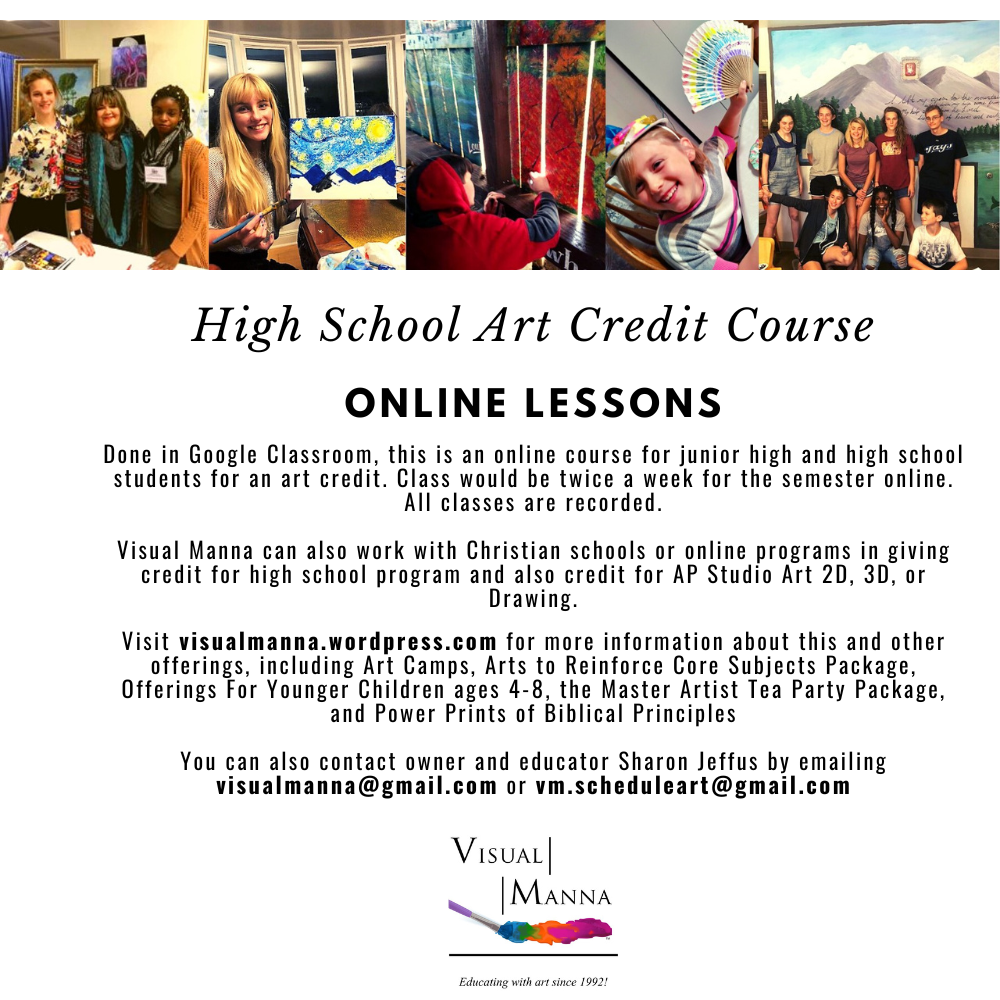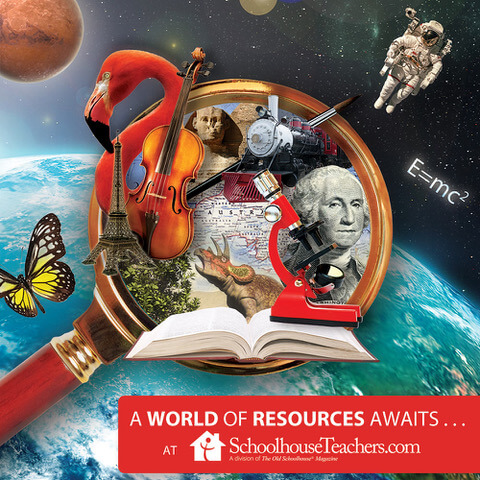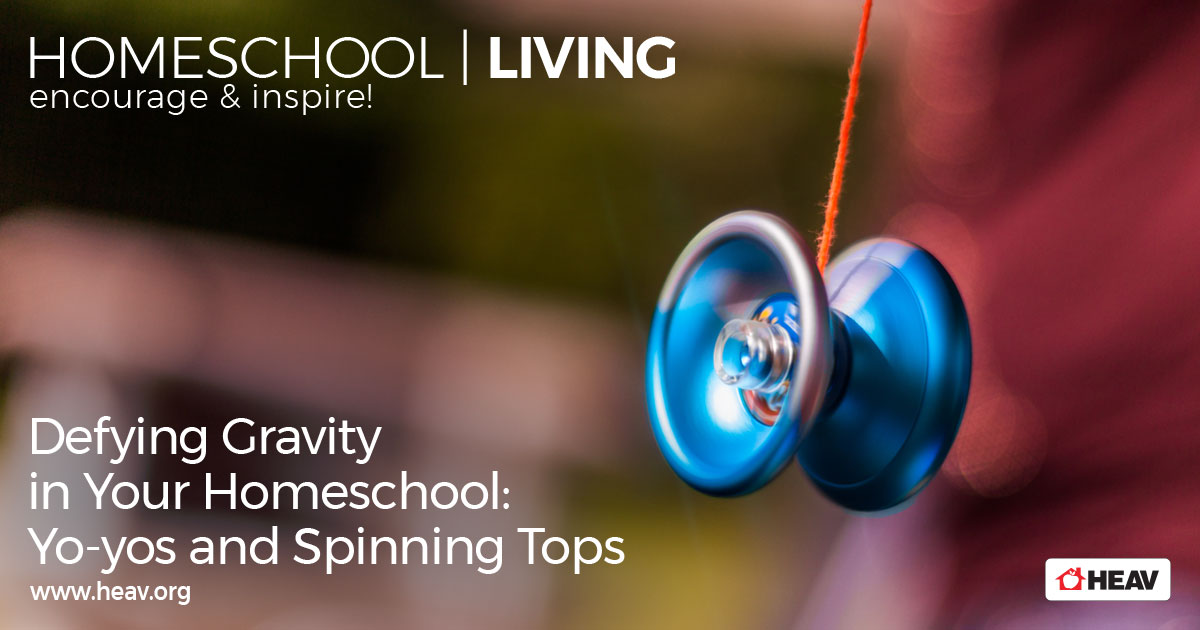Einstein’s Connection – Creative Expression
By Jeannie Fulbright
Young children tend to beam with pride over their own creations. As homeschooling parents, we delight in every picture they draw, every tower they build–and each new discovery is cause for celebration. Indeed, joy in creative expression, and delight in learning are natural for the young learner. Yet as our children age, too often their joyful creativity fades, and their delight in learning suffers a slow, painful demise..
Albert Einstein said, “It is the supreme art of the teacher to awaken joy in creative expression and knowledge.” As a college professor, he sought to bring that life back to older learners.
We all know how important knowledge is. But what about creative expression? American high schools typically relegate anything creative to the arts department. However, Einstein believed creative expression to be an essential element in all academic fields of study, including science. Einstein actually connected creative expression to knowledge, thus revealing a powerful truth concerning learning.
CREATIVE EXPRESSION: THE LINK BETWEEN JOY AND LEARNING
Consider our own schooling experience. Completing worksheets and memorizing facts for tests characterized much of our public school education. How strong was our knowledge of science, history, government, and foreign language? Most of us would admit that although we made decent grades, we left school with very little working knowledge of these subjects. Why? Could it be that delight in learning was rarely awakened in the classroom?
Think about the classes you loved or found the most interesting in school. What was different? Was creative expression encouraged by the teachers?
I remember well the two courses that awakened in me a joy of learning: government and creative writing. Both classes were taught by passionate professors who gave imagina- tive assignments: role playing, interviews, contacting lawmakers, designing our own constitution, writing our own legislation. Tests were essay questions that allowed for creative thought and expression. Therefore, I graduated with a strong understanding of American government and an ability to write creatively—but, sadly, very little else.
Creative assignments stimulate the mind. They fully engage imagination and intellect, thereby activating long-term memory. This higher level of focus actually develops the critical-thinking skills and long-term retention children need to acquire before college. My teen boys took a Shakespeare course that required students to break into groups and make a movie about a character in the play Julius Caesar. Throughout the course, their conversations often led to whether or not Brutus was justified in killing Caesar. They talked about it as if it were breaking news, not ancient literature. If engaging the imagination can ignite this response in two teenage football players, creativity coupled with knowledge may indeed be the key to a lifelong love of learning.
ENGAGING IMAGINATION
Einstein also wrote, “The true sign of intelligence is not knowledge but imagination.” If he is correct, then our high schools are going about education all wrong. As we have seen, their methodology restrains creativity, focusing instead on a system of input-output-delete. “Is this going to be on the test?” is still a common classroom refrain.
As homeschoolers, we do not have to continue this failing legacy! Let’s instead strive to keep alive our children’s youthful imaginations, so full of ideas and inspiration. It would be tragic not to nurture and refine this beautiful gift from God.
So, how can we engage our students’ imagination in order to increase their knowledge? Replace some or many of the assignments in their textbooks with creative activities.
Instead of answering rote questions about the kingdom Plantae, have them create a scrapbook with live samples of the different phyla in the plant kingdom.
In place of a chapter test about the three branches of government, let them create a storybook that teaches this subject.
Have them make a Civil War alphabet book or write a “personal” scrapbook of a soldier in W W II.
Creating board games, writing and acting out plays, drawing comic strips, and even producing videos and PowerPoint presentations are just a few of the many creative and imaginative activities you can use in place of standard assignments.
The Internet is full of ideas for projects. Google “creative idea for (subject)—high school level.” Pinterest is also a great resource for homeschooling helps. Search the topic you need help with, and a plethora of ideas will come up. It might also help to find another homeschool family who will help plan and do activities with you.
NOTEBOOKING: CREATIVITY WITH A PURPOSE
My favorite method of enhancing creative assignments is the notebooking journal. It is an educational scrapbook of interesting and creative assignments—a place where all the student’s innovative efforts can be preserved.
Although homeschoolers coined the term “notebooking,” this creative approach to learning is as old as the hills. Leonardo da Vinci, Lewis and Clark, and Alexander Graham Bell are just a few of the brilliant thinkers who employed this method when acquiring knowledge. When these men encountered new concepts, they wrote their thoughts down, recording their experiments and ideas in sketches, drawings, and diagrams. In doing so, their imaginations were released to explore tangents and discover and design wonderful inventions.
So what exactly does notebooking look like? Basically, students creatively record and preserve what they learn in a notebook of some kind. Written narratives, illustrations, diagrams, photos of projects and activities, newspaper clippings, articles—all may be included in the notebook. The student essentially makes his or her own book about the subject being studied, making him not just a learner but also an engaged author in that field. Creativity becomes both purposeful and productive.
Notebooking has been shown to be extremely effective at both fueling joy in learning and enabling long-term retention of subject matter. This is true for all ages. Of course, students must learn how to take tests and write timed essays for college, but there’s no good reason why they must abandon creative expression as they pursue knowledge. Not only will your students spend time contemplating topics longer as they work on these assignments, but by the end of the year, they will own a work of art created by their own hands and imaginations. Indeed, their notebooks will become treasured possessions.
PURPOSEFUL AND PASSIONATE
As our children grow, let’s be purposeful in cultivating their creativity as they learn. With their imaginations unleashed, the possibilities for their lives become limitless. As we seek to keep alive the natural joy in learning, our children can envision a bright future and pursue their dreams with passion. As Francis Schaeffer said, “The Christian is the one whose imagination should fly beyond the stars.”
Jeannie is the author of Apologia’s elementary science courses. As a homeschool mom of four, she enjoys encouraging parents and sharing the lessons she learned along the way. Follow her blog Jeannie Fulbright Press for homeschool encouragement, spiritual edification, and helpful tips on navigating college.
DO YOU WANT TO BE ENCOURAGED IN YOUR HOMESCHOOL JOURNEY EVERY WEEK?
Sign up right now for the HEAV email newsletter and let us send you our weekly update, full of inspiring articles, fun things for homeschoolers to do in Virginia, and so much more.









